Simple electrical procedure could reshape noses and correct vision.


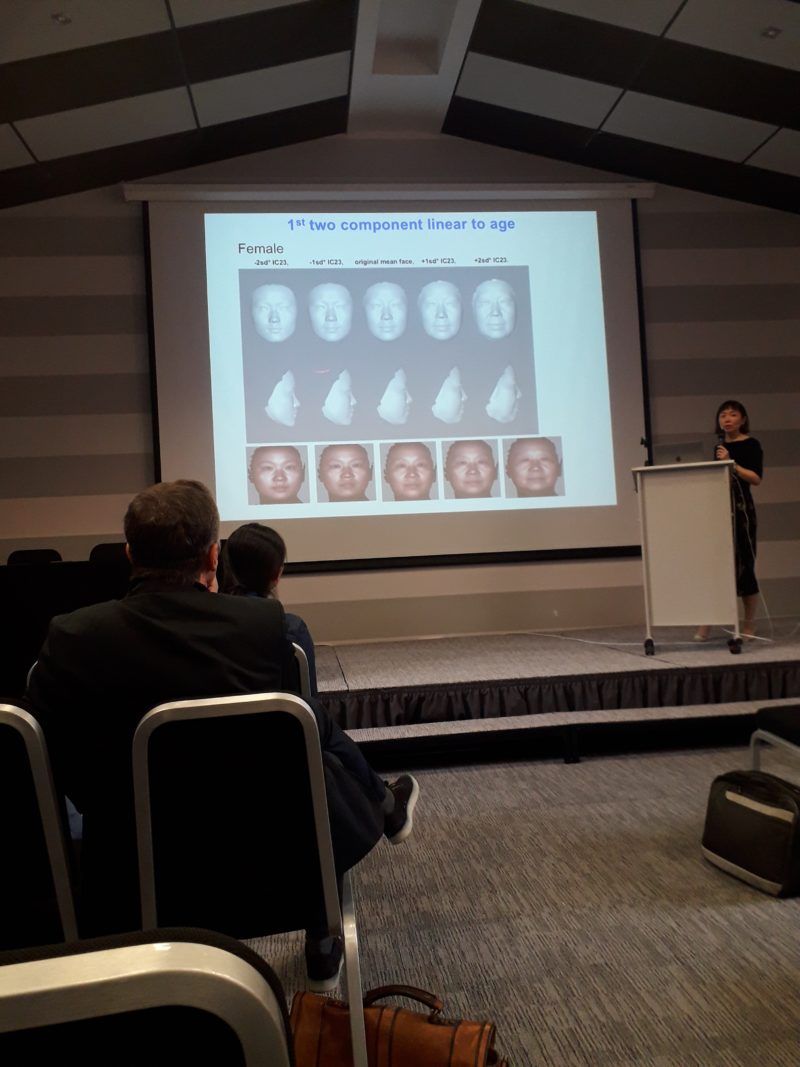
Through a new approach dubbed AMBAR, the biotechnology company Grifols has attempted to reduce the amount of harmful, Alzheimer’s disease-causing amyloid beta in the brain by collecting it with a blood protein called albumin and draining it out of the bloodstream. This approach differs from the previous antibody and catabody approaches and offers new hope for sufferers of this neurodegenerative disease.
What is Alzheimer’s disease?
Alzheimer’s disease, named after its discoverer, is a slow and progressive disease that causes the degradation of the brains of its sufferers. This leads to memory loss, a decrease in problem-solving abilities, changes in personality, and other symptoms. It is associated with the accumulation of tau and amyloid beta in the brain.
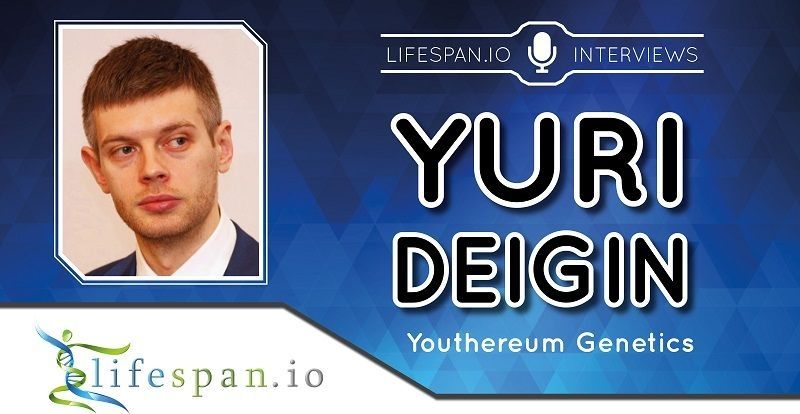
At the Undoing Aging 2019 conference, we had the opportunity to interview Yuri Deigin, the CEO of Youthereum Genetics. His company is developing therapies that focus on OSKM, the Yamanaka factors known for turning cells back into a pluripotent state. By partially reprogramming cells using a single component of OSKM, Oct4, the company hopes to remove epigenetic aging from cells while still allowing them to retain their normal functions.
Do you think epigenetic alterations are a cause or a consequence of aging, and why?
Well, this question has so many different parts that need to be addressed. Of course, there are alterations that are consequences. Some of the epigenetics are consequences of aging, like epigenetic drift, with things that aren’t methylated in cells, as they divide throughout the lifetime, that methylation seems to get diluted away with subsequent divisions, but other parts of the genome, many of the epigenetic changes that happen that we can track throughout the aging of an organism are definitely not consequences of aging; they’re actually, from what I understand, causes of aging or causes in the change of metabolism and change of homeostasis, change how the organism behaves, essentially, that are driven by some high program in animal development, that basically silences some genes and activates other genes.
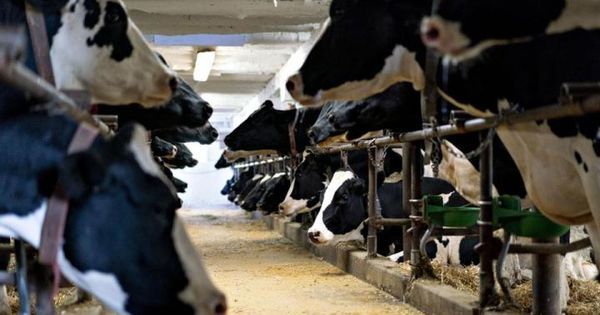
Biotech is the solution to tackle the environmental impact of meat and the fertilizer shortage.
The world has focused first on energy in its effort to stop greenhouse gas emissions, but former Energy Secretary Steven Chu puts agriculture at the top of his list of climate challenges—particularly animal agriculture.
The Nobel Prize winning physicist surveyed the world’s carbon-polluting industries in a lecture at the University of Chicago, and he started with meat and dairy.
“If cattle and dairy cows were a country, they would have more greenhouse gas emissions than the entire EU 28,” said Chu, who recently assumed the presidency of the American Association for the Advancement of Science.
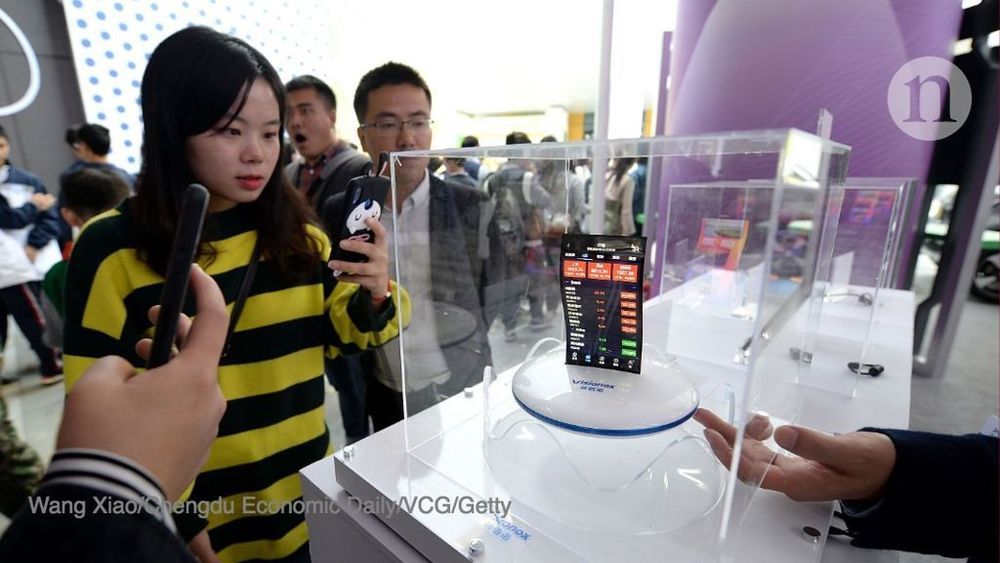
It’s the kind of diverse, multidisciplinary community, Chinese scientists say, that is crucial to doing great research but is often lacking in labs. “The goals of the Materials Genome Initiative in the States and in China are the same: to produce better materials more quickly that cost less. It’s very important we collaborate with overseas scientists because the materials genome is a new topic. We need to figure out the best path together,” says Zhang.
Researchers are reaping the benefits of carefully built programmes and a surge in funding.
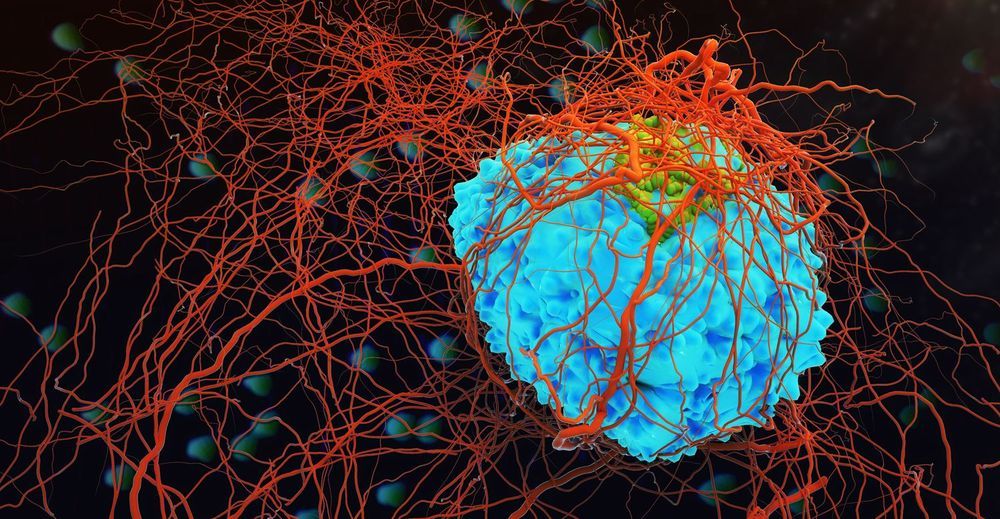
Cancer cells are generally much more metabolically active than healthy cells, so some insight into a cancer cell’s behavior and type can be gathered by analyzing its metabolic activity. But getting an accurate assessment of metabolic activity has proven difficult. Several methods, including position emission tomography (or PET) scans, fluorescent dyes, and contrast agents have been used, but each is limited it is usefulness.
Researchers combine PAM and OCR to more quickly measure cancer-cell metabolisms.

We recently attended the Undoing Aging Conference in Berlin and had the opportunity to interview Professor Vittorio Sebastiano of Turn. Bio, a company developing partial cellular reprogramming techniques to reverse cellular aging.
As we age, our cells experience changes to their epigenetic markers, and this, in turn, changes gene expression, which is proposed to be a primary reason we age. Recently, there has been considerable interest in resetting these epigenetic markers to reverse cellular aging; induced pluripotent stem cell (iPSC) creation uses similar techniques.
However, unlike iPSCs, which are totally reprogrammed back to a developmental state and can become any other cell type in the body, the goal of partial cellular reprogramming is to reset the epigenetic aging markers in the cells without erasing cell identity. Researchers believe that exposing aged cells to reprogramming factors only for a very short time may be enough to reset cellular aging without causing the cells to forget their current roles.

Following is a transcript of the video.
The truth is, you’re going to die. We all are. That’s because unlike whooping cough or strep throat, death has no cure. But thanks to the latest medical breakthroughs we’re closer than ever to finding one. In fact, some experts predict that we’ll be able to live up to 20% longer over the next 100 years. That means children today might live until they’re 145 years old. And what about immortality? Well, even that’s not out of the question.
History is littered with unusual attempts to defy death. In 1920, for example, a Russian scientist thought he could prolong life by sewing a piece of monkey testicle to a human’s. And even more shockingly, the idea caught on. At least 300 people underwent the procedure. Ouch.
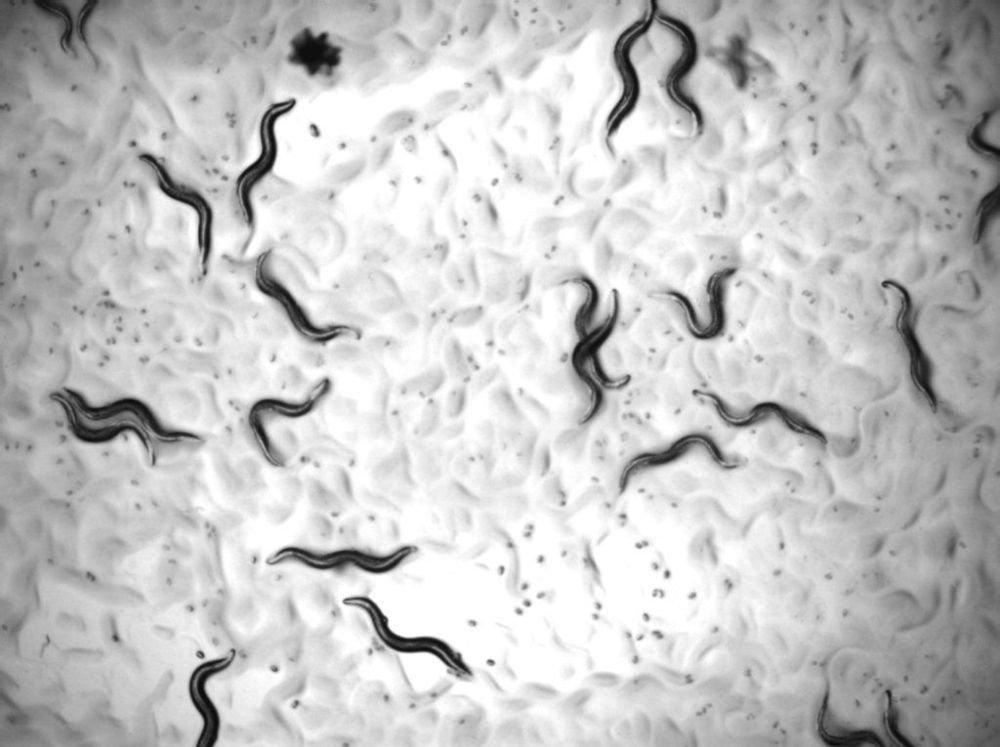
Could deafness be reversed? Scientists re-grow damaged hair cells that have been killed off by age or noise inside the ear…
Researchers from the University of Rochester found that viruses, genetics and even existing drugs could cause little hairs to regrow in the inner ear. These hairs pick up on noises entering the ear.

A once abandoned drug compound shows an ability to rebuild organs damaged by illness and injury.